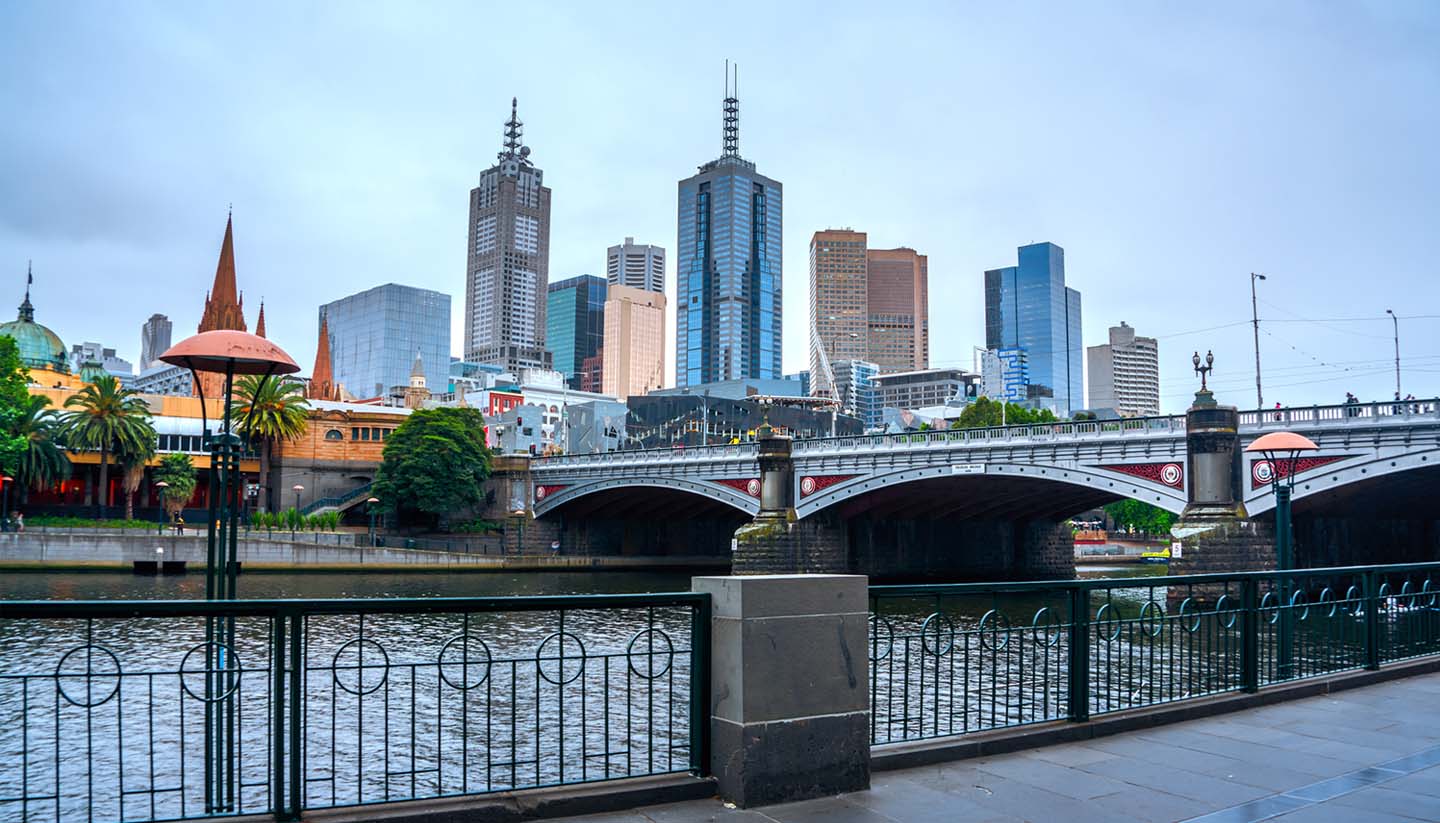Melbourne History
Waves of immigration have made Melbourne a cosmopolitan success story.
Melbourne sits on the ancestral homeland of the indigenous Boonerwrung and Wurundjeri peoples of the Kulin Nation, who occupied the land for between 31,000 to 40,000 years prior to European arrival.
The Yarra River attracted British settlers, who founded the Port Phillip Settlement of the Colony of New South Wales in 1835.
John Batman explored the area in 1835, and in 1837 military surveyor Robert Hoddle started planning the city that would become Melbourne.
A separate colony was carved out of New South Wales and named Victoria in 1851. That same year gold was discovered near Ballarat and Bendigo, to the west of Melbourne, and the ensuing gold rush turned the city into a powerful financial centre.
Australia's first rail line opened here in 1854. Within 30 years, Melbourne had evolved from its early agricultural pastoral beginnings to a city thriving off the back of a gold rush.
The city was regarded as the 'Paris of the Antipodes', becoming the financial and cultural centre of Australia and hosting two huge International Exhibitions in the 1880s.
As Australia's first political capital, until Canberra became the national capital in 1927, Melbourne hosted the Federation of Australia in 1901. The first parliament was held at the Royal Exhibition building that same year.
Melbourne's fortunes otherwise dwindled in the late 19th and early 20th century when economic depression followed a fall in property prices.
The gold rush era brought thousands of Chinese migrants to Melbourne. Post-WWII immigration transformed Melbourne into a thriving cultural melting pot, with a million people emigrating from countries such as Italy, Greece, and Britain.
The fall of the White Australia policy in the 1970s saw a strong rise in the number of migrants from Southeast Asia.
Today, the city's property market is strong and so is the job market, making Melbourne one of the world's most liveable cities.
Did you know?
• Melbourne was named after the British Prime Minister Lord Melbourne.
• Vegemite was created in Melbourne in 1923.
• Melbourne hosted the 1956 summer Olympics and the 2006 Commonwealth Games.


